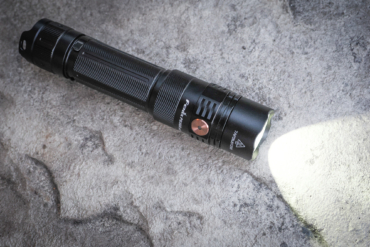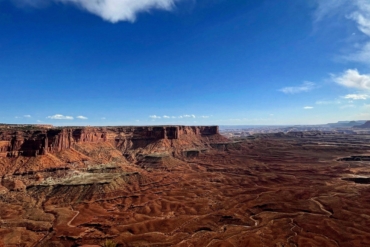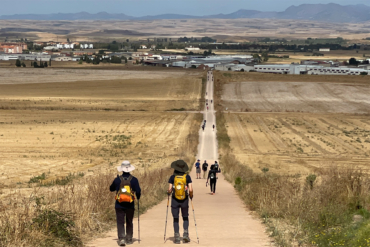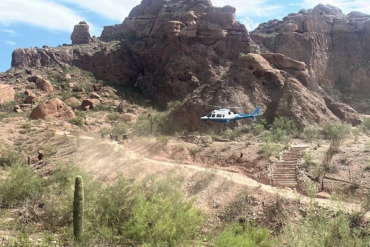Hiking with Fido can — and will — be great fun, but there are a few things you should know before taking your pup on trail.
It’s a perfect day: The sun is shining, the air is cool, and the ground is dry. You’d be crazy not to want to head out for a hike with your four-legged friend.
But before both of you are ready for the trail, there are a few things you should tick off your list. Just like people, dogs need to learn the best techniques for hiking and how to overcome its challenges. And that’s where a good owner comes in.
Canine Health and Age
First and foremost, we need to consider the health of our canine companions.
Is Fido fully grown and matured? We’re assuming you maintained the 5-minute guideline when he was a pup? That’s 5 minutes of “forced” exercise, like walking on a lead, per month of age.
While this is a general guideline meant to not force dogs to walk too long for their age, use common sense and don’t overdo it early.
Most hiking spots are too much for a puppy’s body to endure. Keep those hiking trails on your list of things to do until your dog is an adult.
For smaller dogs, this can be around 12 months old. For large and giant breeds, this can be anywhere between 18 and 24 months of age.
Growth Plates
I know this sounds like a long time to wait, so I’ll explain why. It’s all to do with growth plates: soft areas found at the end of long bones where new bone is generated.
When the bone has finished growing, the growth plates fuse and ossify (harden). Bigger dogs have more growing to do, hence why we don’t deem them mature until so late.
And while the bones are soft, they are more susceptible to injury. The damaged cells may slow down or come to a halt, which can result in uneven growth or deformities. This is why exercise in puppies needs to be so closely monitored and why you should keep away from challenging hikes until those growth plates have closed.
Your Dog’s Health
On the other side of the canine hiking fitness scale is your pup’s overall health. If your dog is more senior, you need to be sure that she too can cope with the hiking trails.
Does she have any mobility issues that may limit her ability? Would you be better off choosing a flatter, shorter route for her?
Also, consider your dog’s breed. If you have a brachycephalic dog (short snout and broad face, like pugs and boxers), be mindful of how they regulate body temperature. Is it too warm for them to go hiking? Or perhaps a flatter, sheltered route would be better?
If you’re confident your dog is in good enough health and the route is suitable, let’s move on.
Commands for Safe Hiking
Before you head out on the ideal trail with your eager pup, it’s worth spending some time on a few commands that could potentially keep that furry friend out of hot water.
Train Recall
First on the list is recall.
Possibly the most important thing to teach your dog is that she needs to come back to you. The biggest mistake owners make is using recall to end something interesting (to the dog).
Recall, in the mind of your dog, should signal the start of something awesome!
Say your dog runs off to chase a squirrel — he thinks it’s great fun. You call him back, look at him, and tell him not to do it again. Then you put him on a leash and he has to walk to heel for the rest of the way home. That’s no fun.
Alternatively, say he chases the squirrel, but you have a ball. You are super excited about the ball and you call him back. Suddenly, the ball seems so much more interesting than the squirrel. He comes back and you play with the ball. He’s forgotten about the squirrel and the walk continues. Awesome.
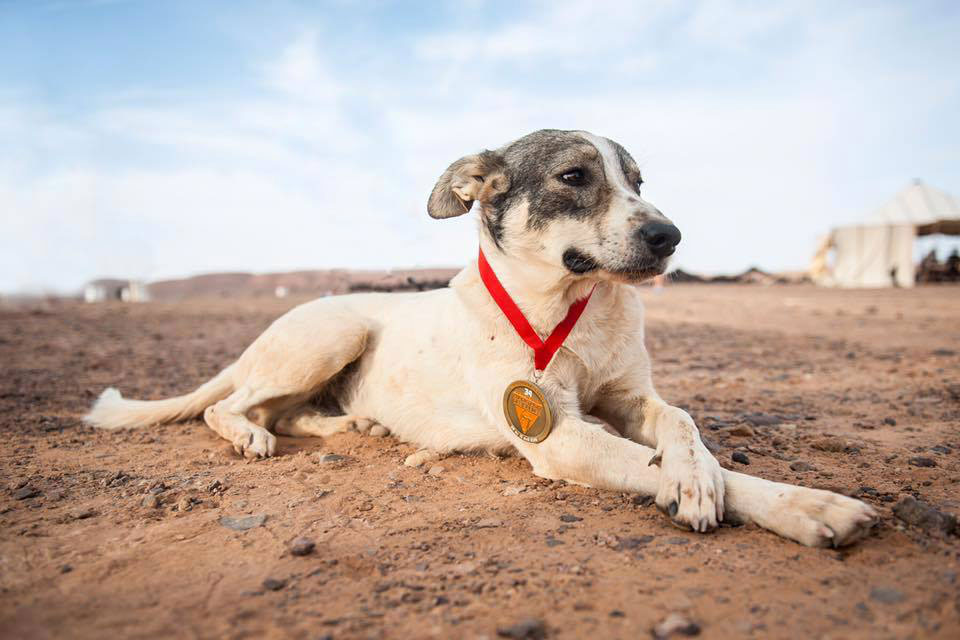
Here’s how to teach proper recall. Start with your pup in front of you.
With a treat in your hand, shout his name and say “come.” He may only be a step away, but he’ll likely come to you because you have a treat.
Repeat this, each time slowly increasing the distance between you.
Next, ask a helper to hold his collar while you place greater distance — 6-8 feet — between you. Again, shout at him to come.
As you increase the distance, you may need to become more animated and jovial. Remember, you want to be more interesting than anything else going on. And always reward him when he gets to you.
You can also add in distractions — other people or dogs — to test his recall. And while some owners choose to variably reward recall, it’s such an important command that we’ll always err on the side of caution and reward every successful recall.
Proper Leashing
If you haven’t quite perfected recall, it’s not the end of the world. Just keep your pooch on a long line.
Long leashes allow your pup to explore, but you still have them attached. It’s handy because you can work on recall but don’t have the worry if they choose to ignore you!
If you’ve been working on loose leash walking, you can keep your pup on a shorter leash. But this can be a battle sometimes, so make your hike enjoyable! Pick your battles; loose leash walking may be one for another day.
If you’re using a long line, be mindful of the environment and who’s around you. It’s still not great social etiquette for dogs to go bounding over to others uninvited!
Stop
The other command worth teaching is to stop. This could be the one thing that keeps him from accidentally walking off a ledge!
Call your dog to you and throw treats behind him. He’ll stop to eat them. As he does, label the behavior “stop.” Repeat.
Slowly move toward saying the command before you throw the treats. Eventually, as soon as you say stop, he’ll look to you. Now you have his full attention.
Remember, if your pup isn’t used to hiking, they may be super excited the first time you head out. Keep them on a leash and just let them sniff and explore.
The overload of sights and smells may make them appear a little frantic. You could introduce interval training for your dog to help them develop a little self-control. Give yourself a target — perhaps ask them to sit 10 times in 15 minutes.
This can help to realign their focus on you, which is a saving grace for a super-excitable pup. They’ll soon calm and appreciate the wonders of a hike with their human.
Leave
Our other top command to teach your pooch before you head out on long hikes is the “leave” command.
This could be crucial if you’re walking past a carcass or something else potentially dangerous for your scavenging pooch (yes, we’re talking labradors and beagles here). You never know what you may come across, and, rather than wrestling to get said scavenge remnants out of your dog’s mouth, it’s much less stressful to ask them to leave it right where it is!
To train the leave command, start with a treat in a closed hand. Your dog will investigate and sniff. They may even try to get into your hand. Don’t let them. As soon as they stop paying attention or turn away, give them the treat. Repeat. As they are ignoring or leaving, label the behavior. Then reward.
Repeat.
You may want to try the same idea with an open hand. You can then progress to having a treat on the floor in front of them.
The idea is that your pooch learns that even if he ignores the thing, something good happens anyway. For that reason, if you do ever use the leave command when out hiking, reward them as soon as they carry out the said command.
Hiking With Your Dog: Further Considerations
Of course, there are even more considerations once you hit the trail. Think gear (water, food, poop bags), route planning (bring a map for yourself!), and understanding current trail conditions.
Take a look at our top five gear essentials for dogs and tips for thru-hiking with your dog for more info on hitting the trail with your furry best friend.
John Woods is a nature lover and travels with his two dogs Jamie (a labrador) and Jeff (a German shepherd). He is the editor in chief for All Things Dogs and has multiple columns with some of the largest dog publications in the world. He is also a recognized writer by the Dog Writers Association of America.





